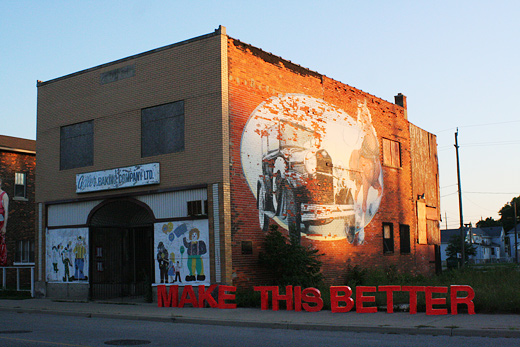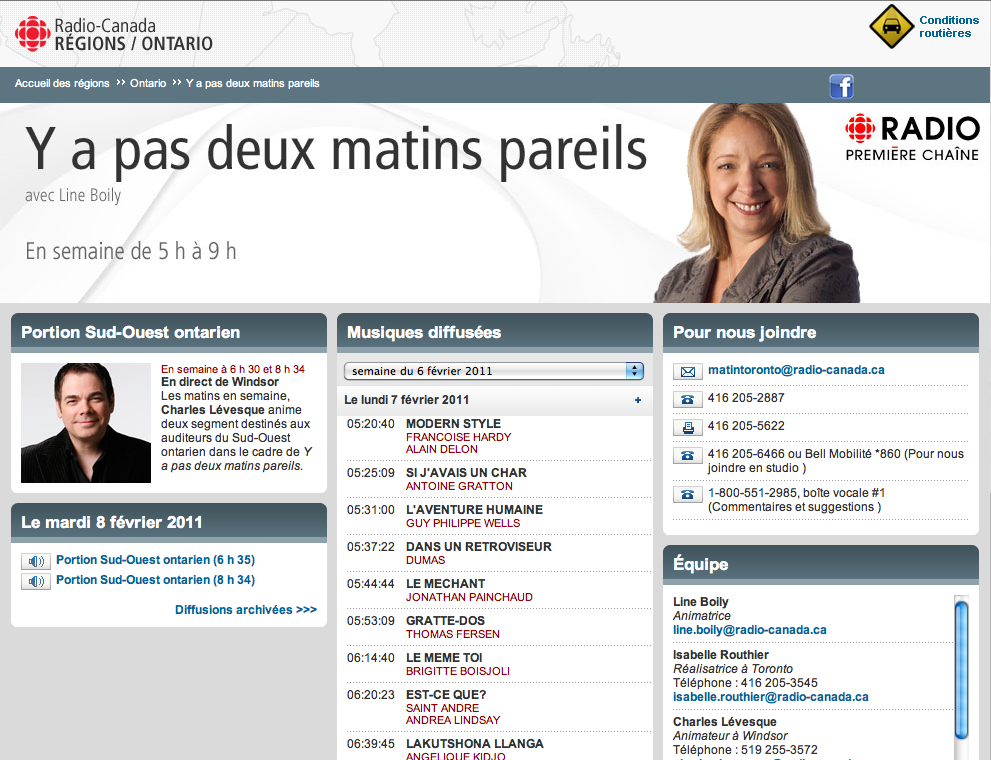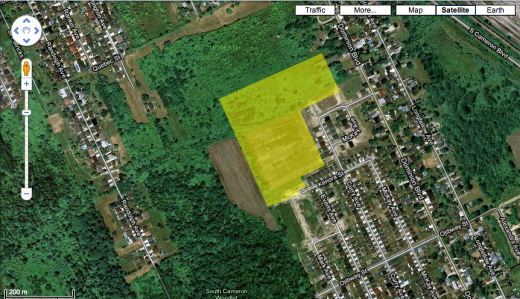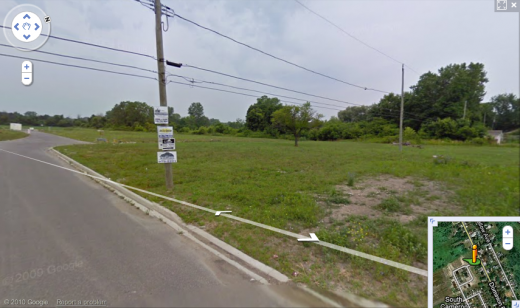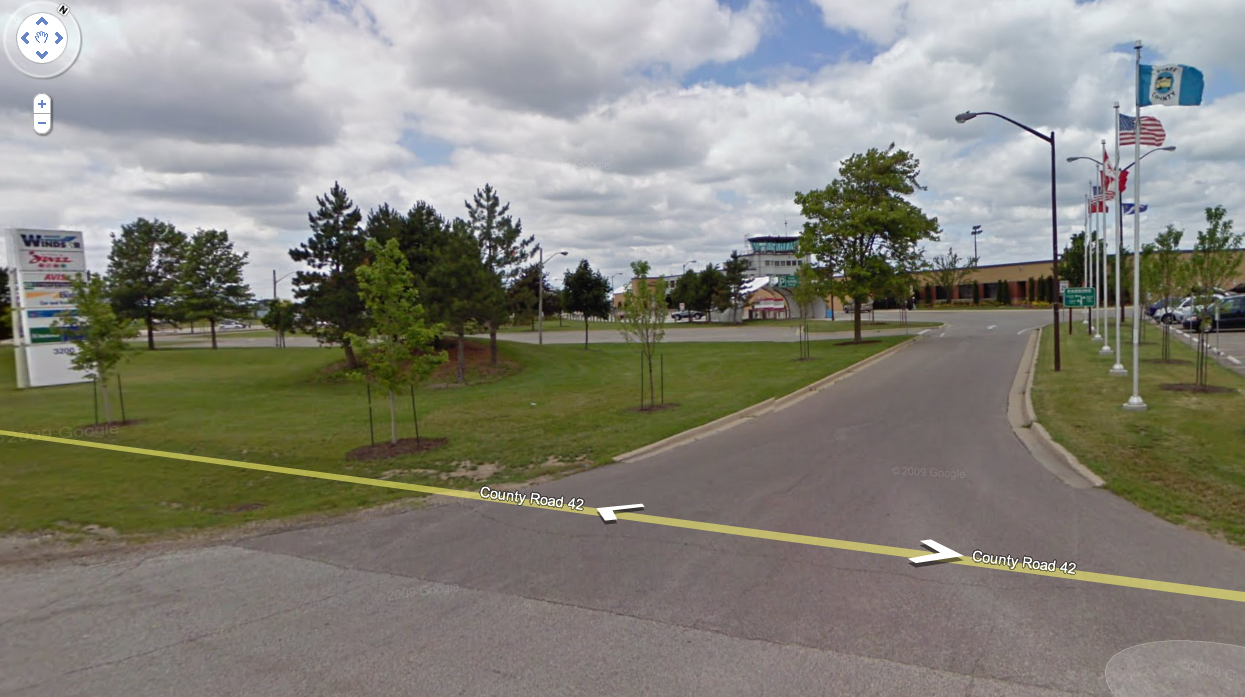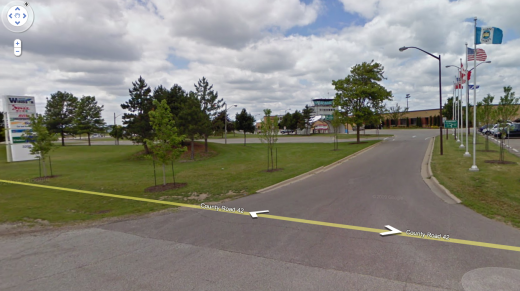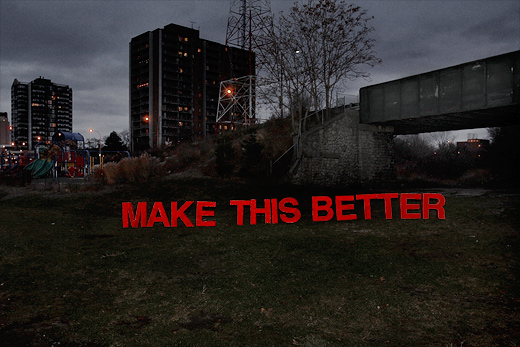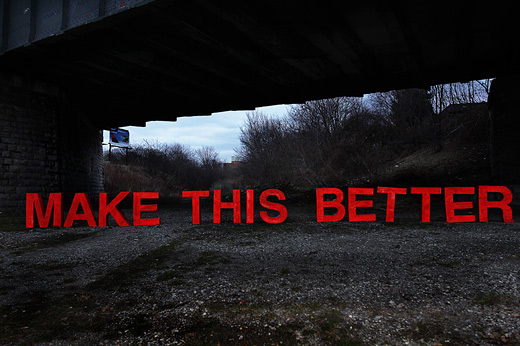Here is some good news:
Amidst the biased newspaper articles and the rumoured reputations, Drouillard Road is actually in an okay place.
A year or two ago, I was irked by a few things I had read in a familiar news source, depicting residents as downtrodden and troublesome, crimes and drug deals treated as the norm. But I knew better than to believe one reporter’s opinion and assume that Drouillard Road was a place with no hope.
Radio-Canada CBEF Interview
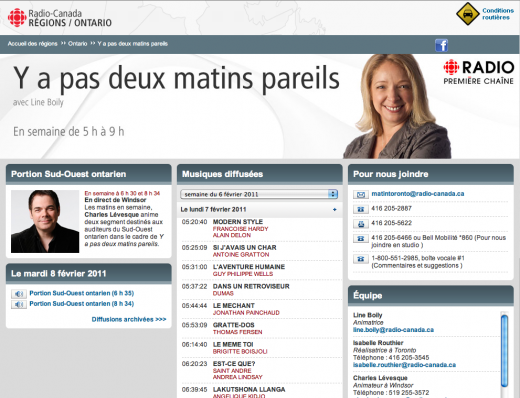
A few weeks ago I met with Andréanne Baribeau of Windsor’s local French CBC radio AM 540 on the Y a pas deux matins pareils show to speak about Broken City Lab’s ongoing projects Make This Better and How To Forget The Border Completely.
The Episode aired the morning of Monday, January 31st. Check it out if you understand French or would like to try to decipher what I’m saying:
CBEF interview (link is fixed)
Neighbourhood Deterioration and Suburbanism
As I think about where I live, in a subdivision off of dominion road near the Holy Name of Mary Highschool, I immediately think of the current hollowing and cutting into the forest and brush that’s going on to make room for more houses, and more roads. The illumination of this by me is quite ironic however, considering my family and I live in one of these very suburban houses.
It’s obvious this has negative impacts on the wildlife that exists. I see coyotes almost every night trotting just outside the back of the house. During the winter months (such as it is now), we tend to leave dry corn in a wooden box with some apples in the backyard. Some nights I’ve counted 12 dear hanging out just behind my house.
It’s interesting to think of how the literal physical border of this city, via the road and the backs of houses, keep cutting further and further into this small forest landlocked in the middle of the city of Windsor.
This is an older image taken from Google Earth, but I have highlighted one of the sections where they have clear cut the forest and brush. (There’s another large area they have cut on the other side of the bush that I couldn’t fit into the image). The area in yellow today is full of empty streets, and empty lots with pipes sticking out of the ground.
I guess where I am getting may be partly an environmental awareness and a defense for this landlocked micro-environment, but also an awareness of the suburbanism that has occurred in a city where its downtown core has not been kept up infrastructurally speaking, and has been ‘hollowed out’, so to speak.
Suburban housing development has not only contributed to the hollowing out of the downtown core, but also has been a result of various things such as dependency on economic sectors (auto industry, higher paying jobs, etc…), which has allowed those fortunate enough to buy a house away from the deteriorating core of Windsor itself. The core isn’t getting the economic, social, and infrastructural attention it needs to function in a more cohesive and economically and culturally integrated way (especially considering how the Windsor/Detroit area has had so much potential of economic integration in the past with the integration of the auto industry. But as we know, Detroit is also suffering from neighbourhood deterioration).
I think these conversations also imply other things such as generalizations of classes of people in both cities being a large contributer to the attention (or lack of) payed to certain neighbourhoods, and implies many other cases to think about, like the shallow analysis political leaders of our municipalities provide as a way to talk positively about improving infrastructure of older neighborhoods in city planning.
The irony is, I have only provided a shallow analysis of the problems discussed, which started with me thinking about the geography and situation of my immediate neighbourhood.
This is a ‘before’ picture of the field and forest, which has now been paved with new streets. (I should really provide an ‘after’ picture for effectiveness)
Maybe the ‘make this better’ would be placed in a deteriorating neighborhood, possibly housing or buildings? Although I havn’t chosen a direct area to do this, I hope at the least that it can generate at least one good conversation. I’m still thinking about it!
Windsor Airport: Slim Future
While researching different spaces for our Make This Better project, I’ve become more and more drawn to the Windsor Airport. This space has been so neglected that major talk for shutting it down is now on the table.
As of 2007, Serco Aviation Services Inc. terminated its contract regarding airport management from the City of Windsor because they’ve been losing money by being there. Now the City of Windsor operates the airport at an alarming deficit. I found all this information by simply typing “Windsor Airport” into Google for a brief history on it. Everything that came up was so negative and discouraging.
It seems, however, that the issue is more heavily connected with our next door neighbours.
With the Detroit Airport as a more internationally known landing area, Windsor Airport’s airspace is controlled from Detroit. This makes me wonder if having an airport in Windsor is even necessary? With the few that I’ve had the chance to discuss this with, their responses have been quite interesting, with the majority of them asking: “Where is the Windsor Airport?”.
Everything that I have been learning and researching about the airport in Windsor makes me feel like it would be a perfect site for Make This Better.
What do you guys think?
Make This Better: Ripper’s Valley
This is the first in what will be an ongoing series of posts as we temporarily install these letters across the city to generate some conversation and creative thinking around how we can indeed make this (place) better. You can check out the process of making these letters in this archive of posts.
Ripper’s Valley is visible from the Riverfront bike path, which happens to be how I first became interested in it. As an avid cyclist, I very frequently ride down this section of the Riverfront path and quite often see a bustling community of families, a diverse range of cultures, a balanced number of mothers and fathers, grandparents, babysitters and children using the play equipment and nearby benches during the day.
However, within feet of this area is a dead-zone. The entrance to the railway cut is dark, looming, and segregated from the Riverfront Park. In my experience, children venturing toward the entrance are most often called back by their parents and reprimanded to stay within the direct area of the play equipment.
